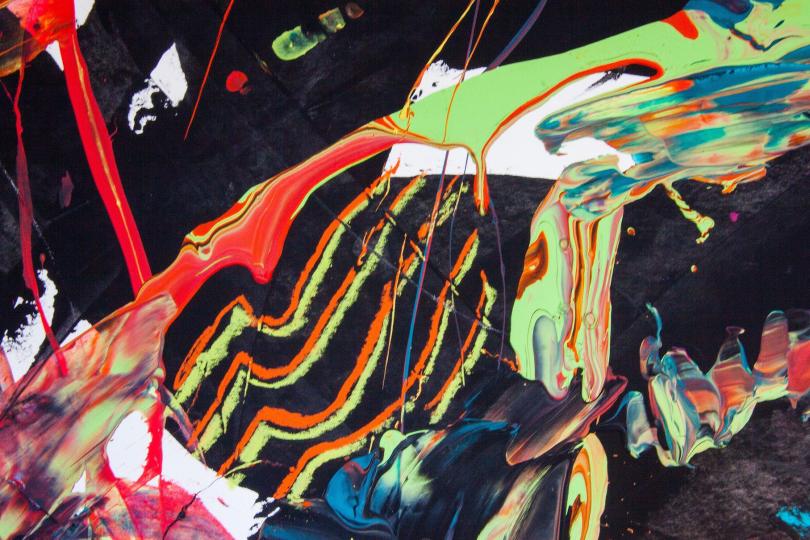Creative Discipline

Creative Discipline. Some people don’t have it.
What is Creative Discipline?
Creative Discipline is the ability to complete a single project from idea to creation to development to production.
There are steps to finishing a project.
And what separates the successful from the unsuccessful is the ability to complete each step without fail.
It is helpful to acknowledge the completion of each step in your creative process as a singular success. It is also helpful to celebrate each step in order to motivate yourself to begin the next step. Take a pause and treat yourself to dinner with a friend before you move on to the next step. Be mindful that the next step is indeed the beginning of a new project that will get you one step closer to a finished product. But each step is significant.
However, what I have learned, while talking to students or emerging creatives, is that some people get stuck in the idea phase of a project, without ever putting pen to paper for a number of reasons. Here are three perennial reasons that I’d like to identify and provide a solution for:
“Honoring the gestation process”
1. Abandoning an idea for a project before it has had the time to gestate. Or starting a project too soon before the gestation period is complete.
a. Either way, mishandling or interrupting the gestation of an idea could lead to the premature abandonment or failure of a project. The gestation process, which often takes place in one's headspace, or in the form of notetaking, should be honored as its own early draft. Be mindful and make a “note to self” when you are in the gestation period for a new project. And more importantly, create the mental space for the idea to take roots and grow. Some examples of the gestation period are, but not limited to, the title or “working title” of a new play, one’s fixation on a current event or a slice of history, or an image.
“Stifling fixation with originality”
2. A chronic obsession with originality is like a creative repellent.
a. While many of us are inspired by the work of others, no one can duplicate the magic of another creative. What makes a project original, is the vessel it is filtered through. Therefore, originality is inevitable, because it is as singular as a fingerprint. Your fingerprint. I have been in conversations with creatives who are more concerned with creating something original than creating something. The simplest solution is to just create. You, the vessel and creator of the work, are the originator.
“Too many balls in the air”
3. Juggling too many projects without finishing.
a. There are several reasons for this habit, which often leads to limited bandwidthfor completion and unproductivity, like believing that your next idea is your best idea, or trying not to pigeonhole yourself (also not your concern), etc. However, finishing is a talent. It’s a skill one has to develop through practice. Practice finishing your projects and strengthening your finishing-muscles.
The intent of this article is to amplify the skill behind the craft, which is Creative Discipline. There are not many courses on how to develop and strengthen the skill of discipline for generative creatives like playwrights, but there should be, because our work creates jobs in the theater and may even help to springboard careers for actors or other collaborators. In addition to voice and craft, attention must be paid to the discipline it takes to complete a project, because it is its own skill in the creative process, and it may be what separates the weak from the strong. This is a “tough” and relatively dense industry and talent is subjective, but discipline is rarely ignored.
T.S.




